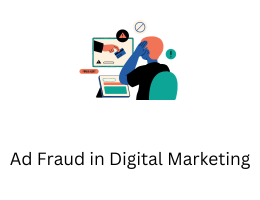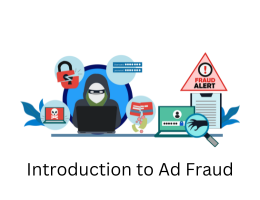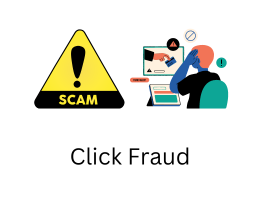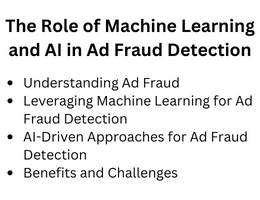
How to Detect Ad Fraud: Metrics to Monitor and Tools to Use
- By admin --
- Wednesday, 03 May, 2023
Online advertising is a rapidly growing industry, with companies of all sizes dedicating a significant portion of their marketing budget to digital campaigns. However, as digital advertising becomes more prevalent, so too does the risk of ad fraud. Ad fraud refers to the deliberate manipulation of online advertising in order to generate fraudulent revenue for the perpetrator. This can take many forms, from bots generating fake clicks on ads to publishers misrepresenting their traffic to advertisers. In order to protect their budgets and ensure that their ads are being seen by real people, advertisers must remain vigilant and stay on top of the latest ad fraud detection metrics and tools.
Metrics to Monitor:
-
Click-Through Rate (CTR): CTR measures the number of clicks an ad receives in relation to the number of impressions it receives. A low CTR may indicate that the ad is not being seen by real people, but rather bots or click farms.
-
Conversion Rate (CR): CR measures the number of people who take a desired action, such as making a purchase or filling out a form, after clicking on an ad. A low CR may indicate that the ad is being shown to people who are not interested in the product or service being advertised.
-
Viewability: Viewability measures the percentage of an ad that is actually seen by a user. If an ad is not fully visible, it is less likely to be effective and may be an indication of fraud.
-
Engagement Rate: Engagement rate measures how users interact with an ad beyond just clicking on it. This includes actions like sharing or commenting on the ad. A low engagement rate may indicate that the ad is not being seen by real people.
-
Time on Site: Time on site measures how long users stay on a website after clicking on an ad. A high bounce rate or low time on site may indicate that the ad is not relevant to the user, or that the user is a bot.
Tools to Use:
-
Fraud Detection Services: There are a number of third-party fraud detection services that specialize in identifying and preventing ad fraud. These services use machine learning algorithms and other advanced techniques to detect suspicious activity and prevent fraudulent clicks.
-
Ad Verification Tools: Ad verification tools can be used to verify that ads are being displayed in the intended locations and are being viewed by real users. These tools can also identify bots and other fraudulent activity.
-
Geo-Targeting: Geo-targeting can be used to target ads to specific locations and ensure that ads are only being displayed in areas where they are relevant. This can help to prevent fraud by ensuring that ads are only being shown to real users in real locations.
-
Traffic Monitoring: Traffic monitoring tools can be used to monitor traffic to a website and identify suspicious activity, such as sudden spikes in traffic or traffic from unusual locations.
-
Bot Detection: Bot detection tools can be used to identify and block bots from clicking on ads or visiting websites. These tools use machine learning algorithms to analyze user behavior and identify patterns that are indicative of bot activity.
In conclusion, ad fraud is a growing problem in the digital advertising industry, and advertisers must take steps to protect their budgets and ensure that their ads are being seen by real people. By monitoring key metrics like CTR, CR, viewability, engagement rate, and time on site, and using tools like fraud detection services, ad verification tools, geo-targeting, traffic monitoring, and bot detection, advertisers can stay one step ahead of the fraudsters and ensure that their digital campaigns are as effective and efficient as possible.





